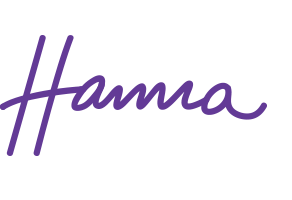My Pump Break 2020
Have you ever taken a pump break?
I recently had a six week break from my insulin pump, and I’m not going to lie, going back to MDI (multiple daily injections) wasn’t as easy as I thought!
In this episode of #type1thursday, I share my reasons why, pros and cons of MDI, getting back in the pump, as well as my note-to-self for next time (hint: all of it exciting, none of it smooth…)
Share your experiences with me, about pump breaks, MDI vs pump or what you’re most comfortable with?
DISCLAIMER 1: I wasn’t sponsored by any one or any company for this, and paid for all of it myself (with the help of my health insurance, obvi)
DISCLAIMER 2: This is just my own, personal experience. I can’t speak for anyone else, or their experiences.
DISCLAIMER 3: The only purpose of this video and website is to educate and to inform. It is no substitute for professional care by a doctor or other qualified medical professional. This video and website are provided on the understanding that it does not constitute medical or other professional advice or services. Instead, we encourage you to discuss your options with a health care provider who specializes in treating Type 1 Diabetes.
